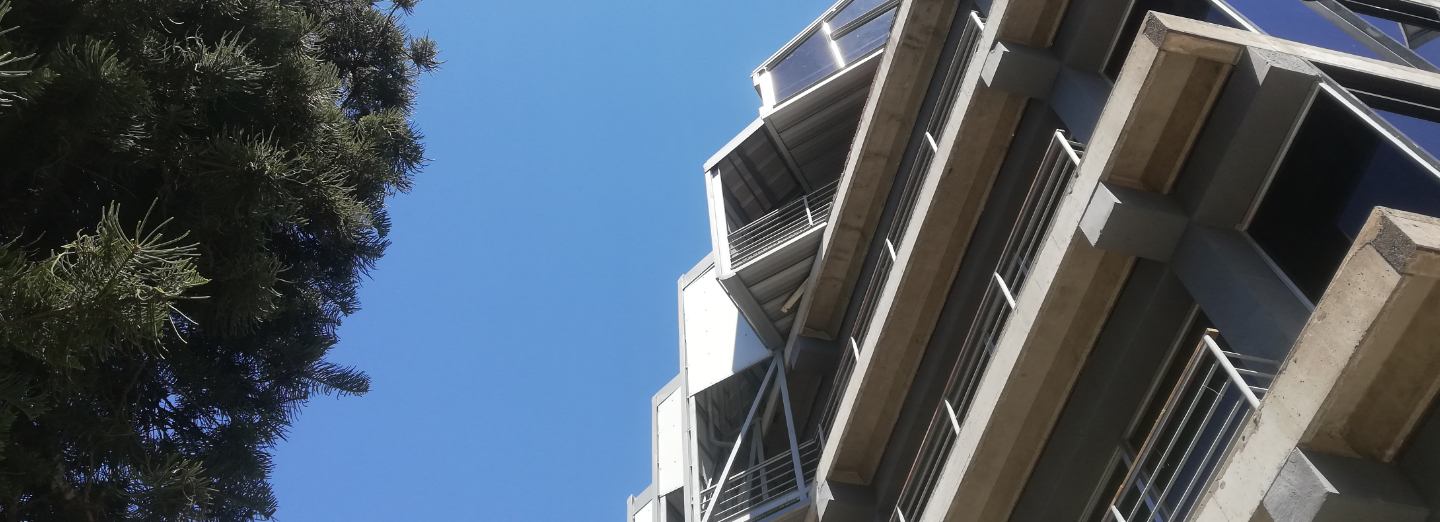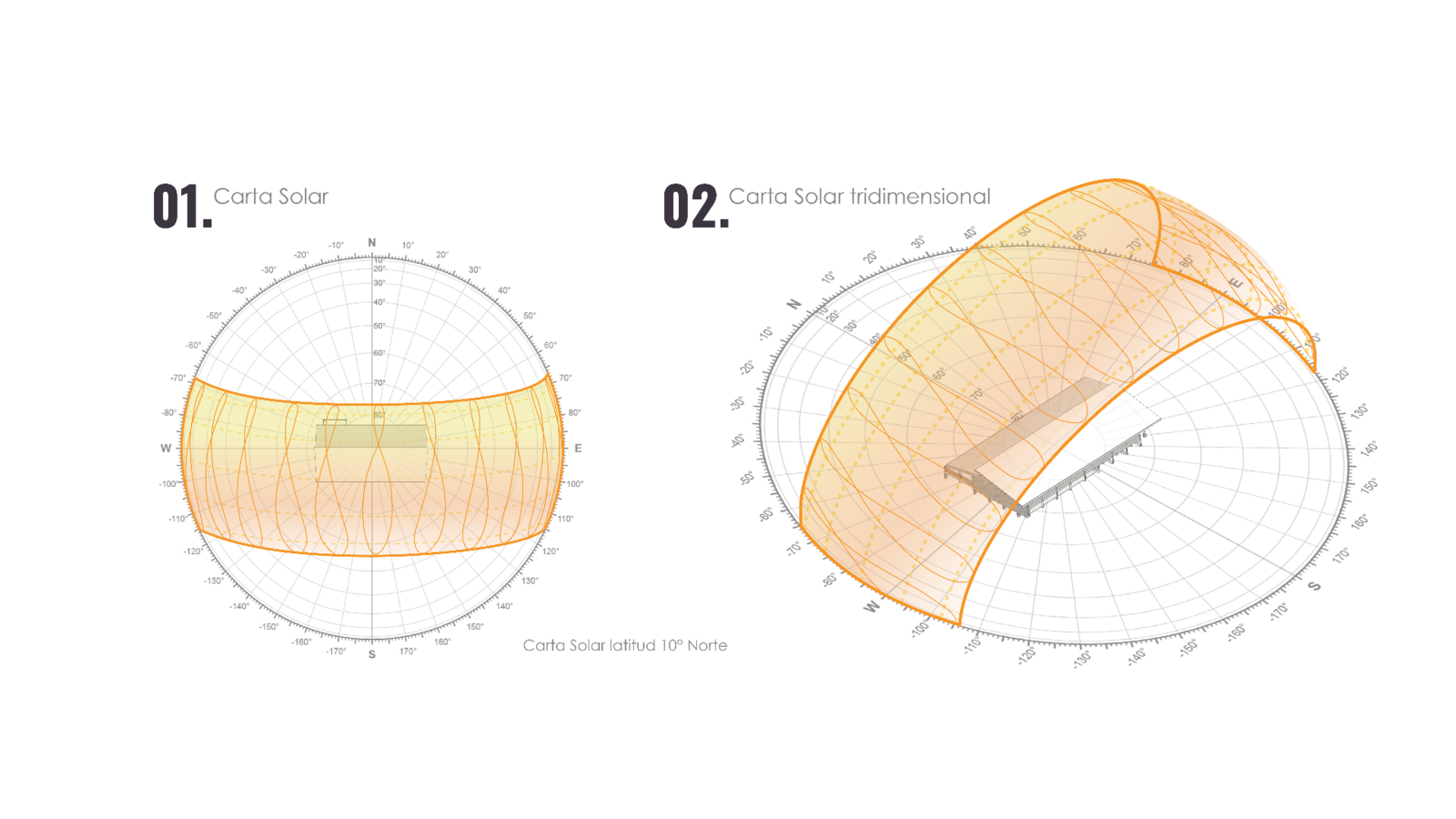Trayectoria Solar
Van Bommel, W. J. M. (2006)menciona que la ‘’trayectoria solar son los importantes cambios estacionales y horarios aparentes de la posición del Sol (y la duración de la luz diurna) a medida que la Tierra gira y orbita alrededor del Sol’’.
Van Bommel, W. J. M. (2006) mentions that the ''solar path is the significant apparent seasonal and hourly changes in the Sun's position (and the duration of daylight) as the Earth rotates and orbits the Sun''.
Proyecciones de la Trayectoria Solar
Sun Path Diagram
Van Bommel, W. J. M. (2006) también
menciona que ‘’Las proyecciones de la trayectoria solar se
clasifican en tres tipos: esférica, equidistante y
estereográfica:
Esférica (ortográfica): en este método, la distancia radial desde
el centro es el coseno del ángulo de altitud. Este diagrama del
recorrido solar se utiliza para crear el modelo 3D del recorrido
solar.
Equidistante: en este gráfico, la distancia radial es simplemente
un factor lineal del ángulo de altitud. Por tanto, el cambio
relativo del radio entre todos los ángulos es el mismo.
Estereográfica: este gráfico es una proyección más complicada en la
que las líneas de acimut se proyectan primero hacia atrás a un
punto de referencia situado a una distancia de 1 radio por debajo
del centro del círculo. El punto donde cada una de estas líneas
interseca el eje cero da la distancia radial’’.
Van Bommel, W. J. M. (2006) also mentions that
''Solar path projections are classified into three types:
spherical, equidistant and stereographic:
Spherical (orthographic): in this method, the radial distance from
the center is the cosine of the altitude angle. This plot of the
sun path is used to create the 3D model of the sun path.
Equidistant: In this plot, the radial distance is simply a linear
factor of the altitude angle. Therefore, the relative change in
radius between all angles is the same.
Stereographic: this plot is a more complicated projection in which
the azimuth lines are first projected backward to a reference point
located at a distance of 1 radius below the center of the circle.
The point where each of these lines intersects the zero axis gives
the radial distance''.
Referencia:
van Bommel, W. J. M. (2006). Non-visual biological effect of lighting and the practical meaning for lighting for work. Applied Ergonomics, 37(4 SPEC. ISS.), 461–466. https://doi.org/10.1016/j.apergo.2006.04.009
Conceptos relacionados:

